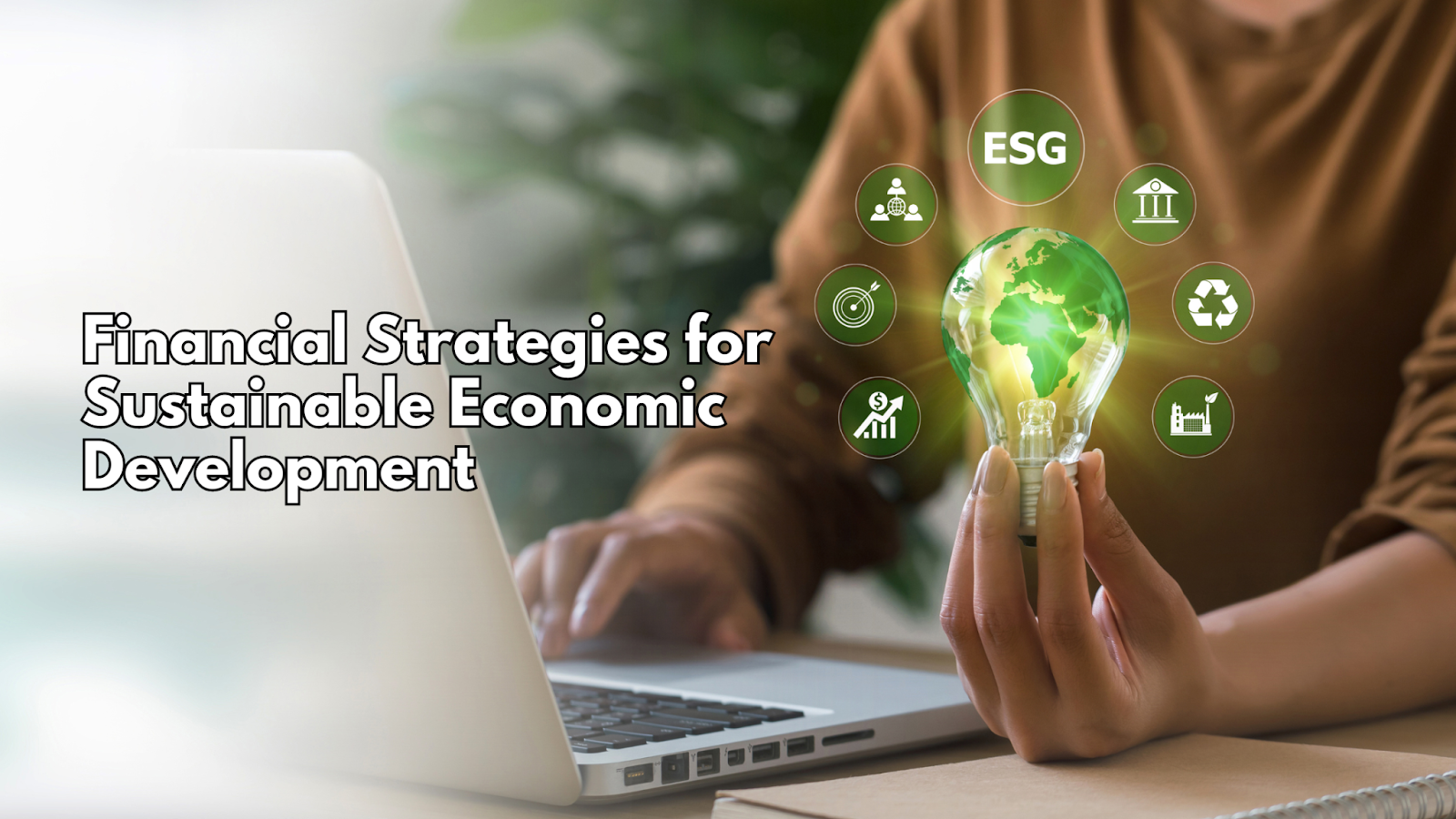Sustainability has grown to top the list of criteria guaranteeing the permanence of economic development. Integrating sustainability into financial strategies is essential, considering the rising challenges of climate change, resource depletion, and social inequalities that are affecting our world.
Shared Goals
That is, the financial strategies should be aligned with common goals in terms of economic growth, social equity, and environmental protection if one aims at sustainable economic development. One such key player in this undertaking is Pioneer Federal Credit Union, delineating how financial institutions can help realize these goals given responsible lending, green technologies investments, and community development activities.
Unions have done so much to make sure that sustainable economic development is boosted through green loans to improve homes so as to be energy-efficient, crediting local businesses, and investing in community projects that will enhance social welfare. With financial institutions taking sustainability very seriously, it could almost be the case that they would play a pivotal role in driving economic growth benefiting all stakeholders.
Key Financial Strategies for Sustainable Development
Adopting sustainable practices in a business does not just happen in a snap. This is actually a process that needs to be strategized and laid out well. Below are some key strategies that your company might use.
Green Financing
Green finance mobilizes capital to flow into projects and activities that reduce environmental impact. It involves financing renewable energy projects, energy-efficient buildings, agriculture practices, or pollution control technologies. A fully developed financial system can offer a wide range of green financial products, such as green loans and green bonds, which can spur investment in projects with lower environmental impact.
Impact Investing
Impact investing is an investment strategy that generates both positive social and environmental returns besides financial returns. Impact investing simply involves investment in companies or projects that provide a service or product consistent with sustainable development goals like poverty reduction, improvement of health, and promotion of education.
Impact investing funds from financial institutions could be directed towards affordable housing, clean energy, or sustainable agriculture. Impact investing mobilizes capital for enterprises that solve such problems, therefore contributing to the progress achieved toward a more sustainable future.
Microfinance
Microfinance is the process of providing financial services to people and small businesses that are excluded from traditional banking. The concept works really great in developing nations, where small-scale entrepreneurs face a lot of problems in availing credit.
Microfinance institutions provide small loans, savings accounts, and insurance products to poor clients. By facilitating these groups’ ability to reinvest in their enterprises, microfinance promotes economic development from the grassroots level and achieves financial inclusion.
Corporate Social Responsibility (CSR)
CSR is the ethical duty of enterprises to support sustainable development. It especially concerns the environment and involves having environmentally friendly practices, ensuring good labor conditions, and promoting community development.
Companies can adopt this in terms of allocation of part of their profits to social and environmental activities, investment in sustainable supply chains, and a reduction in their carbon footprint. Furthermore, CSR can be promoted by financial institutions through the provision of preferential financing conditions to businesses with strong sustainability features.
Public-Private Partnerships
PPPs are cooperative arrangements between the public sector and private sector companies in the financing and implementation of projects for sustainable development. Partnerships bring together the strengths of both parties to help resolve complex problems linked with infrastructure development, production, and distribution of renewable energy, and urban planning.
Indeed, PPPs can mobilize huge financial resources and expertise for implementing large projects that would be very difficult, if not impossible, for any single entity to undertake. Governments can provide the private sector with tax breaks, subsidies, and regulatory support; private companies, however, bring innovation and efficiency.
Principles for Sustainable Banking
Sustainable banking practices, in this respect, are the various activities or initiatives that financial institutions can adopt with the vision of promoting sustainability. These would include ESG-based lending and investment decisions, reducing carbon footprint from banking operations, and reporting in a very transparent manner.
Financial institutions, such as banks and credit unions, could offer financial products that help reward and encourage sustainable behavior by offering lower interest rates on loans to projects supporting the environment or providing green mortgages. Second, it would help financial institutions lower their impact on the environment by going paperless in processes, using energy-efficient infrastructure investments, and ensuring sustainable procurement.
FAQs
What is green financing?
Green financing mobilizes capital towards projects and activities that enable environmental sustainability. This includes funding for renewable energy, energy-efficient buildings, sustainable agriculture, and pollution control technologies.
How does impact investing contribute to sustainable development?
Impact investing is a venture investment approach that generates beneficial social and environmental impact alongside financial returns.











